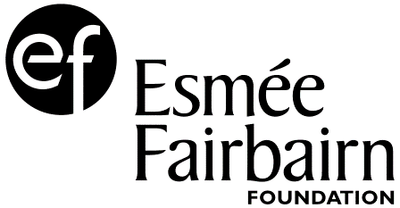The John Henry Hutton Archive
![Angami Naga man playing the übo, a monochord instrument with a membrane covered gourd resonator, bamboo neck, and wire string, played with the back of the finger nail. Hutton donated an übo to the Pitt Rivers Museum in 1923. Photograph by J.H. Hutton [1998.221.19.2] © Pitt Rivers Museum hutton](../images/hutton.jpg) Angami Naga man playing the übo, a monochord instrument with a membrane covered gourd resonator, bamboo neck, and wire string, played with the back of the finger nail. Hutton donated an übo to the Pitt Rivers Museum in 1923. Photograph by J.H. Hutton [1998.221.19.2] © Pitt Rivers MuseumJohn Henry Hutton (1885–1968) was born in Yorkshire and educated at Worcester College, Oxford. In 1909 he joined the Indian Civil Service and spent most of his administrative career in Assam, on the border between India and Burma, particularly in the Naga Hills, where he worked as both a Political Officer and Deputy Commissioner.
Angami Naga man playing the übo, a monochord instrument with a membrane covered gourd resonator, bamboo neck, and wire string, played with the back of the finger nail. Hutton donated an übo to the Pitt Rivers Museum in 1923. Photograph by J.H. Hutton [1998.221.19.2] © Pitt Rivers MuseumJohn Henry Hutton (1885–1968) was born in Yorkshire and educated at Worcester College, Oxford. In 1909 he joined the Indian Civil Service and spent most of his administrative career in Assam, on the border between India and Burma, particularly in the Naga Hills, where he worked as both a Political Officer and Deputy Commissioner.
In 1920 he was appointed the Honorary Director of Ethnography for Assam. Part of his job was to travel within Assam, and between 1923 and 1934 he travelled to previously unvisited Naga areas. Such tours lasted two or three months, the Commissioner moving between Inspection Bungalows, settling legal and land disputes and reporting on the state of roads, bridges and bungalows.
Hutton was a prolific collector of Naga material culture, much of which was donated to the Pitt Rivers Museum, along with a significant collection of photographs. He also published several books on different Naga groups, such as the Angami and Sema.
Many more objects and photographs from John Henry Hutton's archives have been accessioned into the museum's collections, and can be found in the museum's online collections databases - at the time of writing, the online objects database returns a total of 2,969 objects with John Henry Hutton as Field Collector, and the online photographs database returns a total of 2,648 photographs for searches specifying John Henry Hutton as Photographer. You can access these databases and search the museum's objects and photograph collections via the following link: http://www.prm.ox.ac.uk/databases.html.
The Recordings
Hutton’s collection of 15 wax cylinders were all recorded during his fieldwork in the Naga Hills, Assam, India between 1914 and 1916. They include examples of songs from the Angami, the Chang, The Sangtam, the Sema and the Lhota Naga. Twelve of the 15 cylinders were digitised by engineers at the British Library in 1987, and three cylinders were broken and could not be transferred. The collection includes several different types of song, including wedding songs, songs sung for sacrifice after a harvest festival, and courting songs sung by a quartette of men and women. Hutton’s documentation for several of the songs includes full lyrics in Naga and named individual singers.
The Playlist
The recordings in the playlist below have been selected as an introduction to the collection, and include examples of different types of songs, including carrying choruses, a song for clearing out stubble, and a Lhota song called "The song of Mr Williamson".


